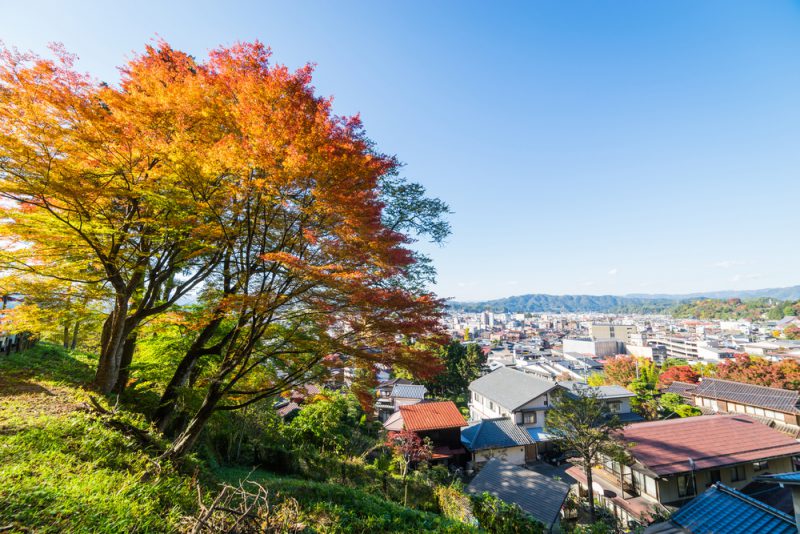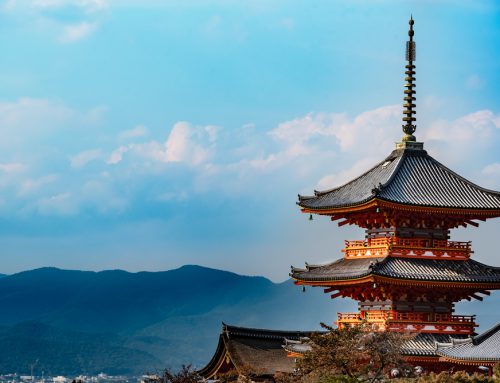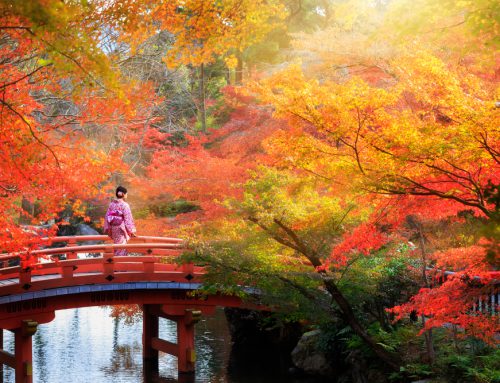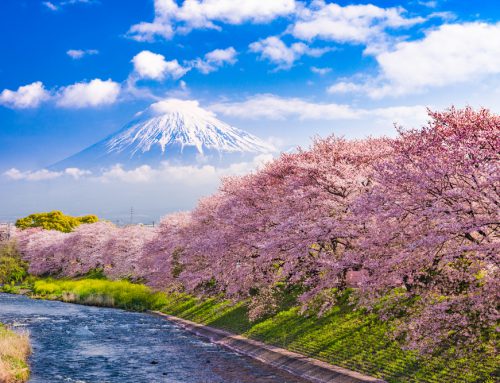Tucked in the mountainous region of Gifu Prefecture, Takayama is a stunning rural city that is home to various traditional Japanese elements such as beautifully preserved feudal buildings, ancient temples and shrines, vibrant markets, and museums that tell the story of its past.
Wanting to explore more of the rural side of Japan, I went to Takayama in early December and spent an entire day visiting some of its incredible wonders.
How to get to Takayama
With a Japan Rail Pass and coming from Kanazawa Station, I boarded a Shinkansen going to Toyama Station early in the morning. The trip took about 30 minutes. Then, I transferred to the Ltd Exp (Wide View) Hida line to Takayama Station, a train ride that took about an hour and a half. Both legs of the trip were covered by my JR Pass.
Alternatively, especially for people without a Japan Rail Pass, there are highway buses that travel to Takayama from Tokyo, Kanazawa, Toyama and other cities. You can check Japan Bus Online, Nouhi Bus, and Highway Buses for routes, schedules, availability and reservations.
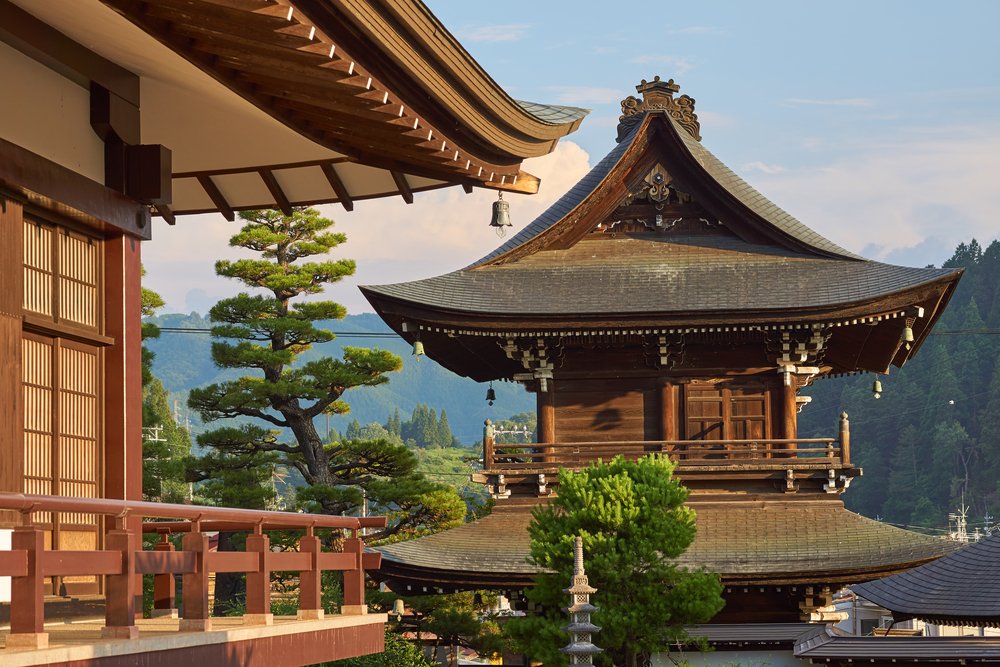
Getting around Takayama
The Takayama Tourist Information Centre is located next to the train station, and offers a one-day bus pass that costs 620 yen. I bought one and enjoyed unlimited rides on its two sightseeing bus lines, the Sarubobo Bus and the Machinami Bus, for the entire day.
What to see
Hida no Sato
From the Takayama Nohi Bus Terminal, located right outside the train station, I waited for a Sarubobo Bus to take me to Hida no Sato, or the Hida Folk Village. Ten minutes later, I alighted at the Hida no Sato stop and purchased an admission ticket to the museum for 700 yen.
From the museum’s main entrance, you will find signs, arrows and markers that you can follow to complete a tour of the village. The open air museum is composed of more than 30 traditional, Edo Period houses from all over the Hida region, and you can enter most of them to see their interior up close. I had a blast going from one logging hut, storehouse, gassho-zukuri farmhouse to another, and checking out their indoor fireplaces, wooden staircases, and ancient tools and utensils on display.
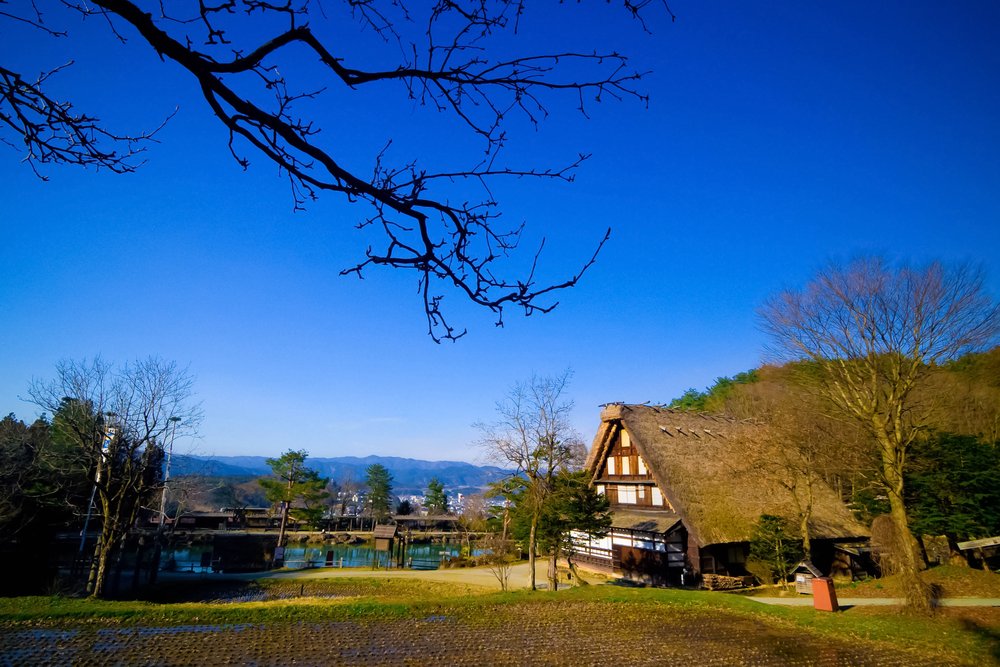
Old Town
As it was almost noon when I finished touring Hida no Sato, I chose to visit Takayama’s Old Town next to get something to eat and see more of what the city has to offer.
I waited for a Sarubobo Bus at the Hida no Sato stop to take me back to the Takayama Nohi Bus Terminal. After examining my map, I headed out and walked about 10 minutes to the Old Town District.
Home to several 17th century structures, Takayama’s Old Town District is filled with numerous coffee houses, residences, shops, and even sake breweries. If you are looking for an authentic Japanese souvenir, you can find a wide selection of locally made arts and crafts at the Takayama morning markets. If you want to enrich your knowledge of Japanese history, you can visit the Hida Minzoku Kokokan, an archaeology museum housed in an Edo Period building; the Fujii Art Gallery, a crafts museum that has a great collection of traditional household objects and art pieces; the Takayama Yatai Kaikan, where you can find the festival floats used during the Autumn Festival; and the Karakuri Museum, which has collections of mechanical dolls used for Takayama Festival floats and shishimai masks. If you are curious about how sake is made, be sure to drop by any of the old sake breweries in the district to learn the process and purchase some to take home. If you are a Japanese architecture fan, include the Takayama Jinya, the city’s government office during the Edo times, and the Hachiman Shrine.
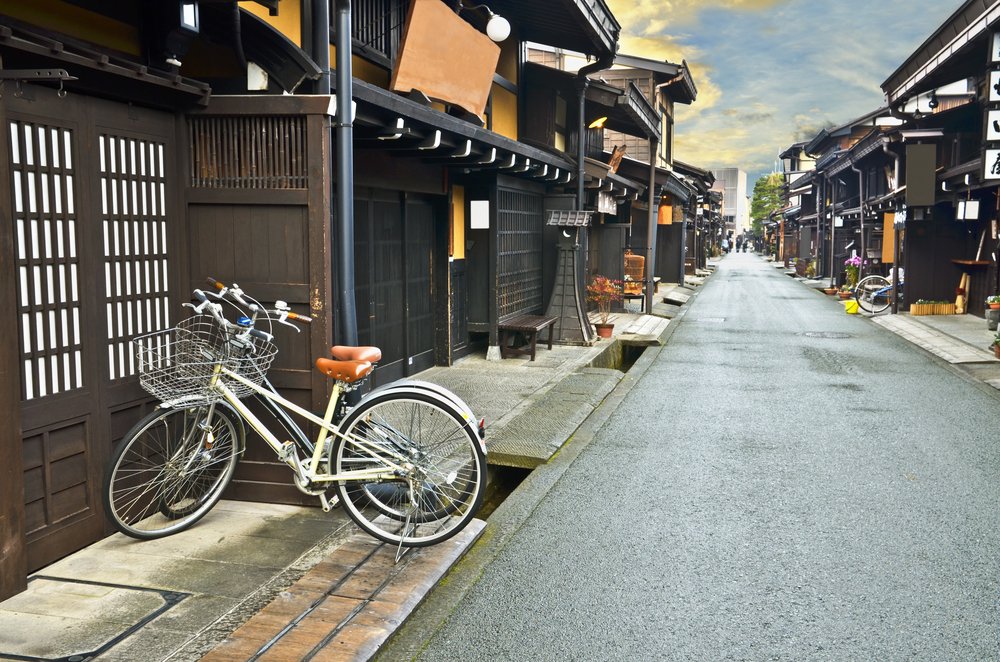
Temple Town
To cap the day off, I decided to hike the Higashiyama Walking Course, which is a 3.5-kilometre trail that passes through the city’s temple town. The starting point is located not too far from Takayama Station and the Old Town District, so I wasted no time in beginning the trek.
Walking at a leisurely pace, I passed at least a dozen shrines and temples along the way, as well as the ruins of Takayama’s old castle. Surrounded by nature, the 90-minute walk was tranquil and relaxing, an excellent way to experience the beauty of rural Japan.
If you are interested in visiting Takayama, try to schedule your trip either in the middle of April or in October, as the city observes the Takayama Matsuri on 14-15 April and 9-10 October. The spring event is celebrated in honour of the Hie Shrine, while the autumn event is for the Hachiman Shrine. Both showcase elaborately decorated festival floats that are paraded around town.



